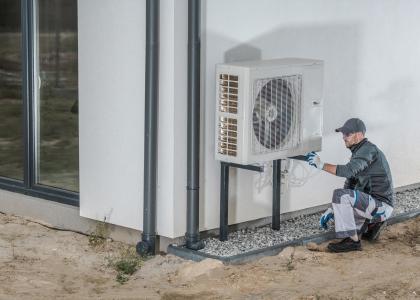In this report, ACEEE and the Energy Efficiency for All coalition examine residential energy affordability in rural and small-town America and identify energy efficiency as an underutilized strategy that can help reduce energy burdens by as much as 25%. We analyze how rural energy burdens―the percentage of household income spent on energy bills―vary across regions and among specific groups. We find that low-income, nonwhite, elderly, and renter households, as well as residents of multifamily and manufactured housing, spend a greater proportion of their income on utilities than the average family. We conclude by describing policies and programs to ramp up energy efficiency investments in rural and small-town communities.






